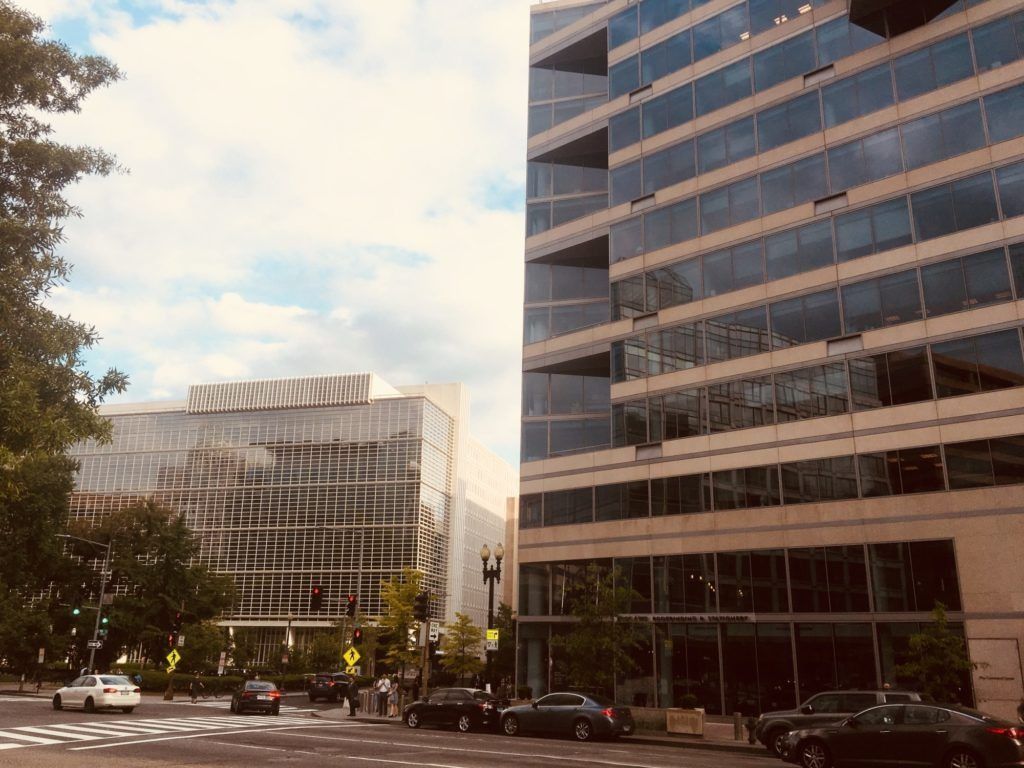WASHINGTON (AN) — The World Bank's benchmark bond that supports the financing of sustainable development projects in member countries was set at its tightest spread to U.S. treasuries in the international organization’s history.
The global lending organization priced a $3.5 billion, five-year global benchmark bond with the narrowest ever spread to U.S. treasuries on Wednesday, as investors sought safety amid high tensions between the U.S. and Iran. Spread tightening means borrowers pay lower premiums over government rates.









